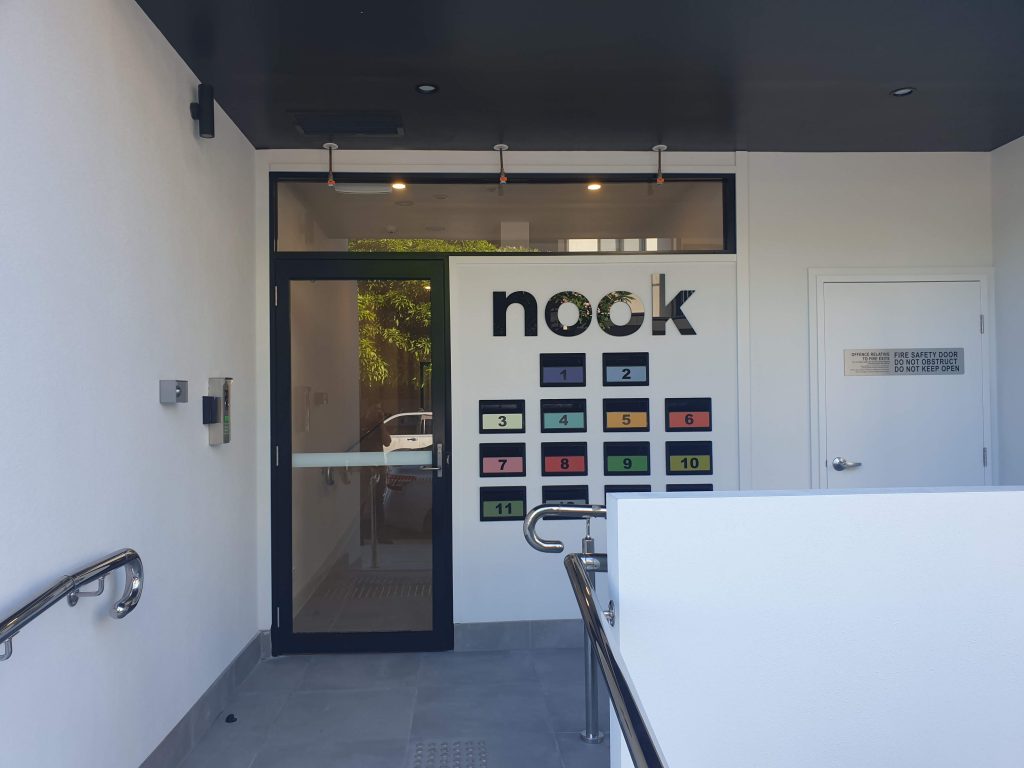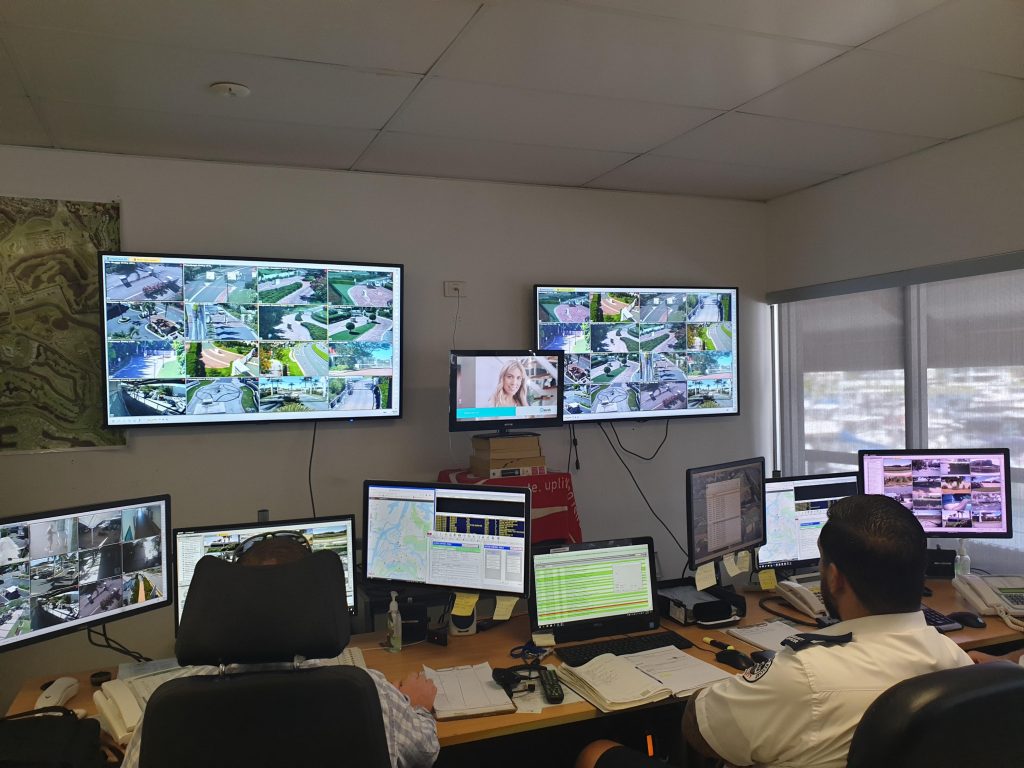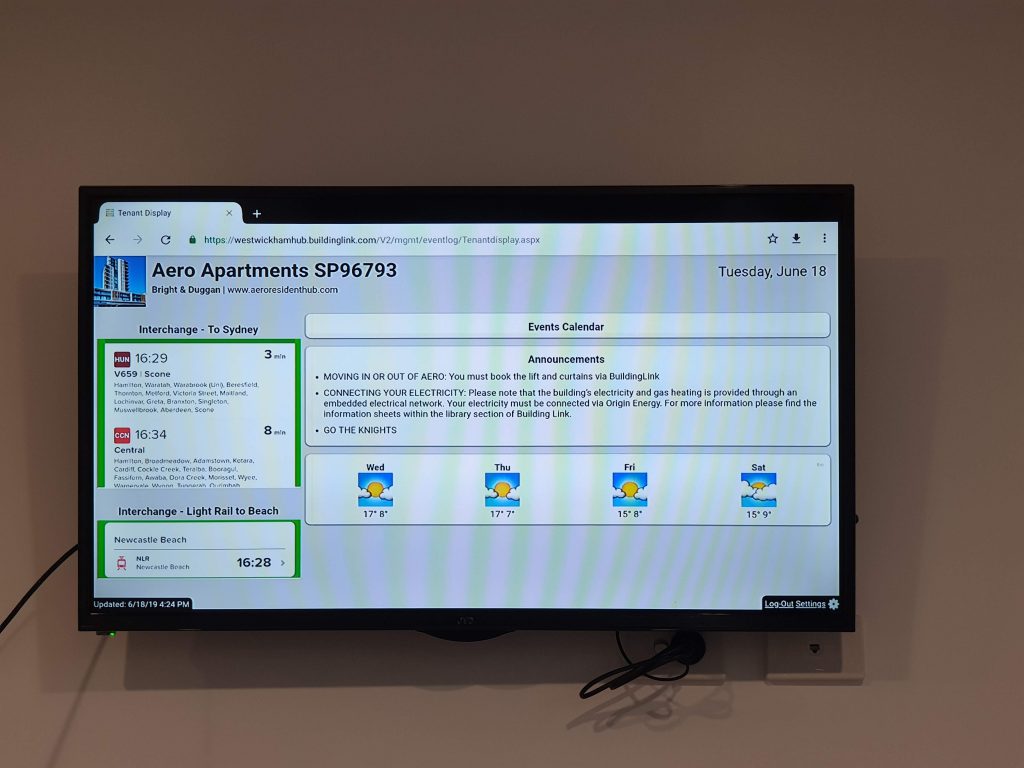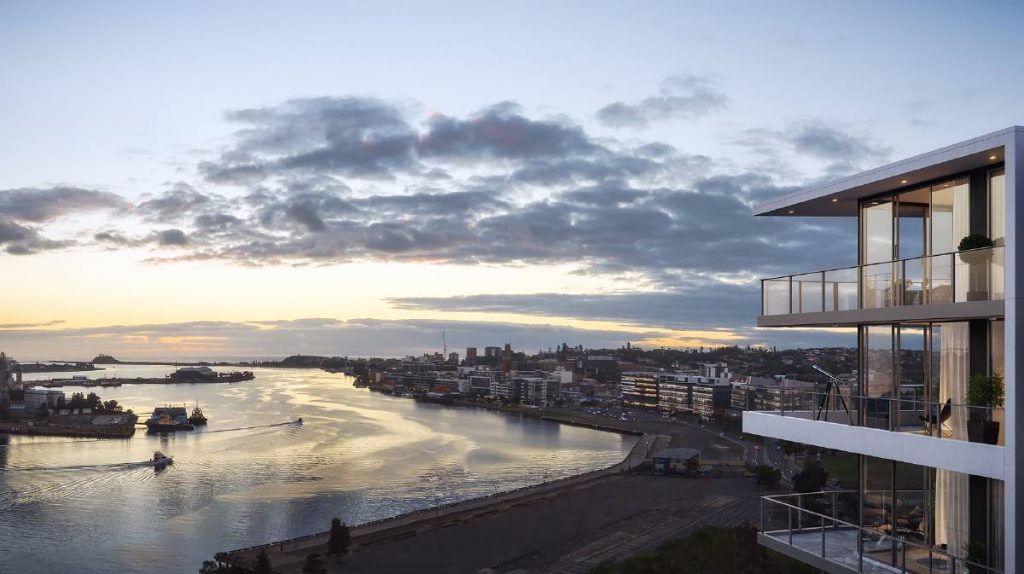
Strata Schemes are basically the Luddites of the built environment. Older buildings have very little that is ‘smart’ about them and builders/developers (particularly when it’s a design/construct contract and cheap/cost-effective is the only option) are generally not incentivised to install the latest and greatest technology into buildings.
The current status quo is a shame; there is amazing technology out there and on the way that strata buildings could be taking advantage of, to manage security, control costs, monitor building health and greatly enhance the resident experience.
Yesterday I attended the Australian Security Industry Association Ltd (ASIAL) conference in Darling Harbour, which runs annually and is great to get an insight into what security technology is in the market and what is on the horizon. Thank you to our friends at Quorum Security Systems for the tour.
Some highlights with potential uses for strata buildings/community schemes:
Robot Sentry
Yes – this looks like a Dalek, but that’s kinda the fun of it.

Perfect for checking car parks and large flat outdoor areas, particularly at night. Could take the place of a need for having multiple security guards onsite.
Future potential uses I can see for this technology at buildings include checking plant and equipment is operating properly, administering move-ins, checking by-law breaches, cleaning standards (or doing the cleaning?), etc.
Keys as a service

This is interesting tech – doing away with keys/swipes for entering buildings and using facial recognition to gain entry. This gives much greater security and assists management with knowing who is who in a building, particularly if there is an incident.
Secondly, the days of the intercom as we know it are numbered (along with associated cabling throughout a building).
With some new internet-connected door stations, there is no need for a connection to apartments – the request goes over the internet and to an internet-connected handset, or to a phone/tablet anywhere in the world. This is exciting technology, which will offset capital costs for developers and future owners and give a huge amount of flexibility in granting entry to a building. There are many potential applications for this; getting away from building keys/swipes is the future.
CCTV – Video Analytics

This is pretty amazing tech – watching it in action at ASIAL reminded me of the Will Smith “Enemy of the State” movie (ha – how is that 20 years old!).
The video analytics software now on the market really needs to be seen to be believed. Instead of someone needing to spend hours reviewing footage, potentially on multiple cameras – the analytics behind it can be used to pick up all instances of a person or a thing occurring (e.g. a package being on a table and) and it will continue to drill down based on the information you give it.
Obviously, the concern here from a residential perspective is privacy concerns, however, used properly and within defined boundaries – this could serve to greatly increase security and augment the ability to manage buildings.
Garage Entry

The future is Number-plate recognition or RFID windshield tags.
This technology is now hugely reliable and more cost-effective than your average sensor/remote system.
Number-plate recognition would be my choice, given the flexibility of controlling visitors parking and also having all cars in a database. Anything that helps with the dreaded visitors parking! There is a degree of management involved with such a system (which should be minimal after a building is settled given residents don’t change that often), but once established it should be no harder than programming and issuing passes/remotes and can be done remotely, in an instant.
RFID window tags are great as they are very cheap (about $6 versus a remote costing $50+). These can also be administered remotely, however, a physical tag must be issued in the first instance.
I look forward to sharing these insights with owners and developers – we can’t be far away from seeing this technology as standard in new buildings. Access control and a basic CCTV system doesn’t cut it anymore!





